Hello, ma’am. I’m working to clean up the neighborhood from parasites. Do you mind if I take a quick look around your house? I’m afraid you may have hippies.
If you’re familiar with the darkly funny animated series “South Park,” you know there’s nothing that tubby 9-year-old Eric Cartman hates more than hippies. In the 2005 episode “Die Hippie, Die,” he gallantly waddles from house to house with an exterminator tank, hell-bent on ridding the neighborhood of the bad-smelling, peace-preaching stoners. Well, in my small hometown in the late 1960s, we had but one authentic hippie, and we intended to keep him.
By the time the Age of Aquarius hit Pennsyltucky, it was already the Age of Libra. For years we stared at our cabinet TVs with envy at the scenes of flower-children burning draft cards in Chicago, marching for peace in D.C., and dancing in a hallucinogenic stupor in Golden Gate Park. Just when we’d nearly given up hope that we’d ever be hip, God answered our prayers and gave us something to break the monotony of our boring, bourgeois lives: a bearded, long-haired, blurry-eyed, sandaled dude whom the town elders affectionately called “The Dirty Hippie.” So touched was he by this moniker that he actually painted the nom de freak on the side of his psychedelically embellished pickup truck. You bet your bippy! What a treat to see him whiz by — “Sunshine of your Love” and fragrant smoke wafting from his windows — as we walked home from school. “Hey look! It’s the Dirty Hippie!” we’d cry out as we waved. I have no idea whether our token tokin’ rebel embraced the make-love-not-war ideology of the times, but he looked like he stepped right out of central casting for “Easy Rider.” And that was good enough for us. We didn’t want any trouble-making pinko types, anyway. We weren’t ready for our small hamlet to become infested with the city-bred rodent variety of hippie — like those personified by David Peel.
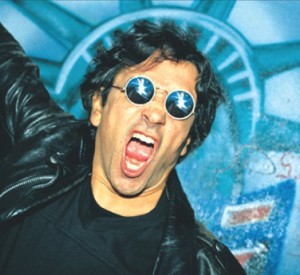 I was 12 years old, watching The David Frost show on TV after school, when I discovered Mr. Peel. As the veddy, veddy British talk show host introduced a musical number, I was delighted to see John Lennon on stage with an assortment of musicians I didn’t recognize. But why was John (and the ubiquitous Yoko) standing in the back, banging away on a homemade stringed instrument, and not in the spotlight? Who was the wire-haired dude with Lennonesque granny glasses shouting into the microphone? And why was he singing funny lyrics to Merle Haggard’s “Okie from Muskogee” song? This was too much!
I was 12 years old, watching The David Frost show on TV after school, when I discovered Mr. Peel. As the veddy, veddy British talk show host introduced a musical number, I was delighted to see John Lennon on stage with an assortment of musicians I didn’t recognize. But why was John (and the ubiquitous Yoko) standing in the back, banging away on a homemade stringed instrument, and not in the spotlight? Who was the wire-haired dude with Lennonesque granny glasses shouting into the microphone? And why was he singing funny lyrics to Merle Haggard’s “Okie from Muskogee” song? This was too much!
I’m proud to be a New York City hippie / I’m proud of dirty feet and dirty hair.
I’m proud of living with the cock-a-roaches / I’m proud of living in a garbage can.
We want to warn you squares and all you rednecks: If you hate the hippies from New York,
We’ll unify the hippies from the country /We’ll fight until the South becomes the North.
Wow! The high literature of Mad magazine set to music! This truly appealed to my 7th grade brain. I would never forget this TV performance, or the name of the singer, David Peel. And I vowed that one day I would learn all about this dirty hippie.
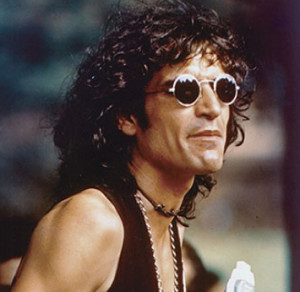 Born David Michael Rosario in Brooklyn, Peel was, and remains, a singer, songwriter, musician, activist, street performer, and self-described radical. In 1968, he and his band, The Lower East Side, landed a contract with Elektra Records and subsequently released two albums that were groundbreaking in theme and content: “Have a Marijuana” and “The American Revolution.” Kudos to Elektra for releasing LPs with song titles like “I’ve Got Some Grass,” “Hey Mr. Draft Board,” “I Want To Get High,” “Show Me the Way to Get Stoned,” and the police-hating “Oink, Oink.” Smells like early punk rock to me.
Born David Michael Rosario in Brooklyn, Peel was, and remains, a singer, songwriter, musician, activist, street performer, and self-described radical. In 1968, he and his band, The Lower East Side, landed a contract with Elektra Records and subsequently released two albums that were groundbreaking in theme and content: “Have a Marijuana” and “The American Revolution.” Kudos to Elektra for releasing LPs with song titles like “I’ve Got Some Grass,” “Hey Mr. Draft Board,” “I Want To Get High,” “Show Me the Way to Get Stoned,” and the police-hating “Oink, Oink.” Smells like early punk rock to me.
Peel has been described as the Woodie Guthrie of Yippie politics. He prided himself on being a street musician – of the people, by the people, for the people – and gained most of his notoriety shouting out his satirical ditties in Washington Square Park in Greenwich Village. Still, outside of New York counter-culture society, Peel remained very much an underground novelty. Until another radically minded singer-songwriter happened upon his act.
One day in 1971, two newly-minted New Yorkers, John and Yoko Ono Lennon, wandered into Washington Square Park with their friend, rock journalist and producer Howard Smith. There, John saw Peel for the first time. The street singer shouted out something like, “Why do you have to pay to see stars?” John thought that Peel was referring to him, and his interest was piqued. It wouldn’t be long before Yippie leaders Jerry Rubin and Abbie Hoffman would lead John back to the park and introduce him to Peel. They hit it off immediately. “He’s such a great guy,” said Lennon in 1972. “We loved his music and his spirit and everything — his whole philosophy of the street.”
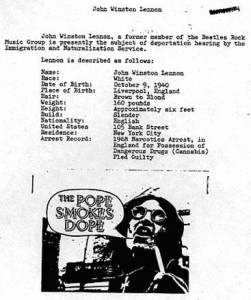 The next thing you know, John signs Peel to The Beatles’ Apple Records (against the objections of some of his former bandmates) and is producing his infamous LP, “The Pope Smokes Dope.” Its title song, along with such tunes as “F is Not a Dirty Word,” “I’m Gonna Start Another Riot,” and “The Birth Control Blues” ensured that the LP would be banned in nearly every country except the United States and Canada. Now, with John’s blessing and a banned record, Peel not only was the new darling of the anti-establishment, he had a free pass to enter the living rooms of Middle America by way of the David Frost show. With his round, wire-rimmed sunglasses and prominent nose, he looked so much like John that the FBI mistakenly used his photo in a fact sheet they produced for Nixon’s “deport Lennon” campaign.
The next thing you know, John signs Peel to The Beatles’ Apple Records (against the objections of some of his former bandmates) and is producing his infamous LP, “The Pope Smokes Dope.” Its title song, along with such tunes as “F is Not a Dirty Word,” “I’m Gonna Start Another Riot,” and “The Birth Control Blues” ensured that the LP would be banned in nearly every country except the United States and Canada. Now, with John’s blessing and a banned record, Peel not only was the new darling of the anti-establishment, he had a free pass to enter the living rooms of Middle America by way of the David Frost show. With his round, wire-rimmed sunglasses and prominent nose, he looked so much like John that the FBI mistakenly used his photo in a fact sheet they produced for Nixon’s “deport Lennon” campaign.
While John went on to produce Peel’s single, “America,” for the soundtrack of the film “Please Stand By,” Apple records did not renew his contract. Wary of censorship battles with established record labels, he formed an independent company, Orange Records, to release his own material and that of other artists. His 1976 LP, “An Evening With David Peel,” has been praised for perfectly capturing the sound and spirit of the chaotic early ’70s underground movement. He’s been recording, without fanfare, for decades. You can download his songs from iTunes and Amazon.com.
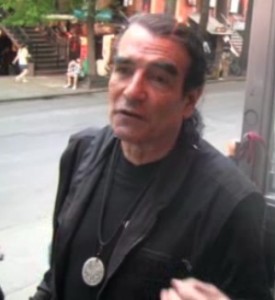
Thanks to Lennon’s association, Peel went from playing parks to stadiums, alongside such artists as Rod Stewart, B.B. King, Alice Cooper, Dr. John, Frank Zappa, Iggy Pop, MC5, John Lee Hooker, Roger McGuinn, Richie Havens, Odetta, Arlo Guthrie, Stevie Wonder, Joan Baez, Cypress Hill, and The Ramones.
But despite his high profile gigs, Peel’s always felt most comfortable on the streets of New York, performing gratis for everyday people. At age 70, he’s still a bachelor, sans children, and lives in a rent-controlled apartment on Avenue B in the East Village. He gets by on songwriting royalties, sales of old records, and the occasional gig. He’s made a comeback in recent years, writing songs for the Occupy Wall Street movement and singing and strumming his way into the hearts of a new generation of rabble rousers. He told a New York Times reporter in 2012 that he plans to continue to sing on the streets and in the parks “until the day I drop dead and go to rock ’n’ roll heaven.”
Let’s just hope there’s plenty of weed behind those pearly gates — if the popes haven’t smoked it all up, that is.
UPDATE: I just leaned that Mr. Peel died on April 6, 2017, following a heart attack. Wherever you are, David, keep stirring the pot!
Here’s David Peel and The Lower East Side, along with John, Yoko, and Jerry Rubin, performing “Hippie from New York City” on David Frost’s show in 1972. It’s a biting parody of Merle Haggard’s “Okie from Muskogee.”
Here are audio clips of John, discussing David’s appeal: “People say, ‘Oh, you know Peel – he can’t sing, or he can’t really play and that,’ but he writes beautiful songs, you know, and even sort of as simple as his basic chord structures are, supposedly. Well you know, Picasso spent 40 years trying to get as simple as that.”
This South Park clip is from the episode called “Die Hippie, Die,” which shows Eric Cartman trying to rid the town of hippies.
© Dana Spiardi, March 6, 2013

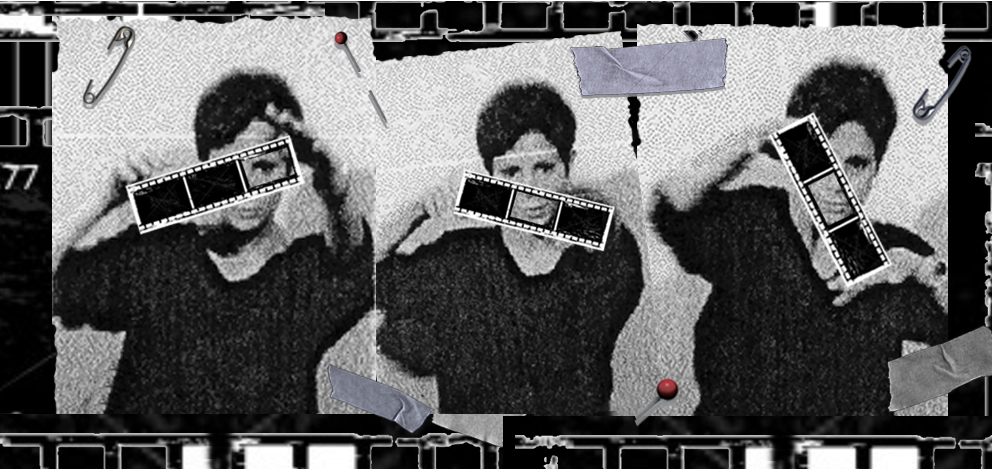
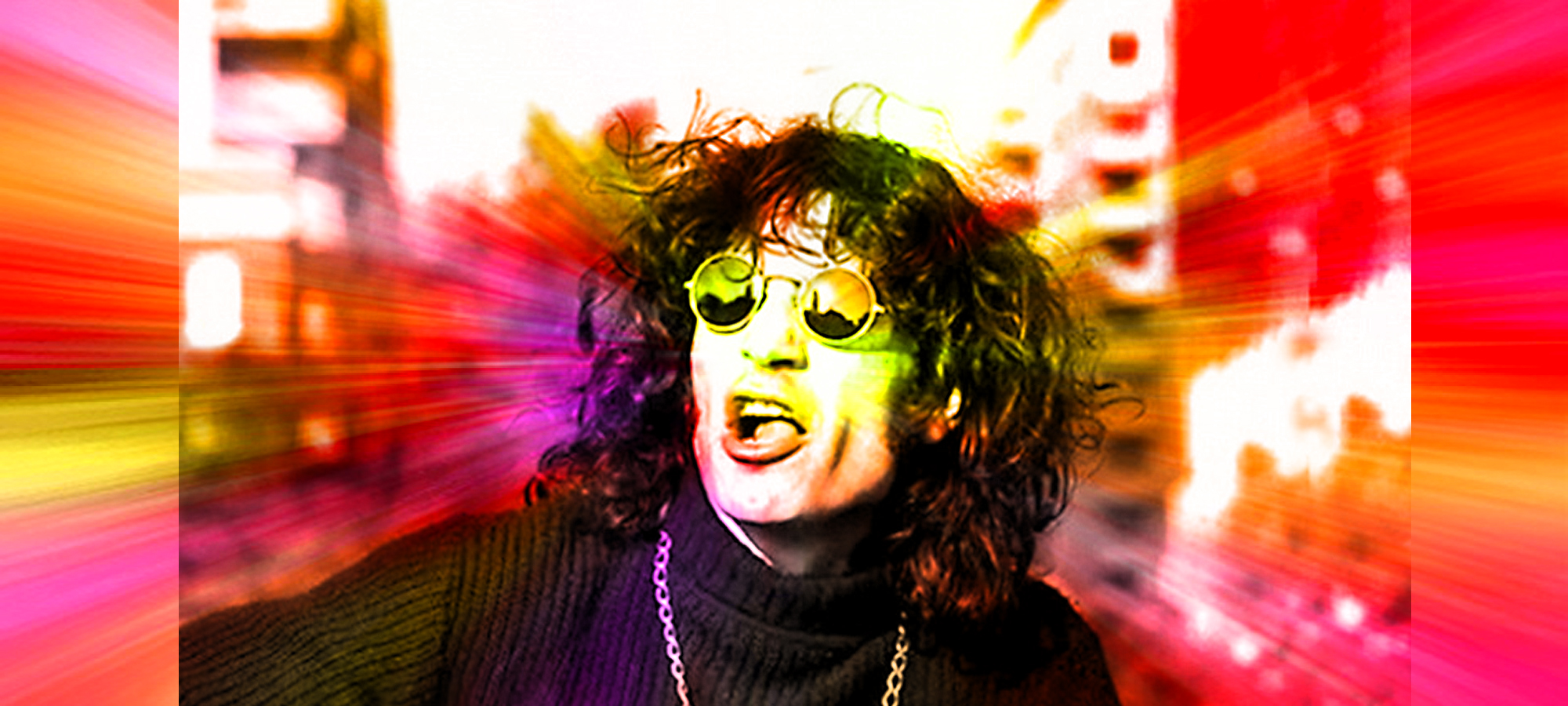

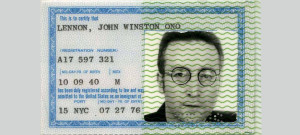
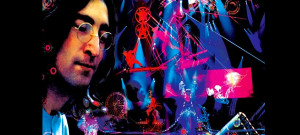
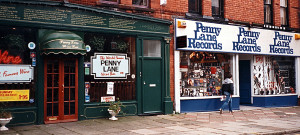
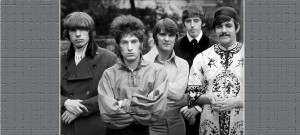
I wonder what happened to his band members? Probably pubilc school teachers by day. Outstanding ,Dana, I loved it. Does that make me “cool” like John and Yoko and YOU?
I met John Peel once on the street when we were living in NYC in the early ’80s. I asked if he’d swiped the music for Have a Marijuana from the song Peanut Butter by The Royal Guardsmen (of Snoopy vs the Red Baron fame). He admitted it!
Shoot, I meant David Peel! Must have been thinking of the British DJ John Peel, also worthy of a post.
He reminds me of Gerome Ragni from Hair
there were millions of kids going to washington square park at that time.
all them young kids wanted was some pot and pussy.
peel is the only one recognizable.
Pingback: David Peel: The Dope-Smokin' Pope of the New York City Hippies | Hip Quotient - Worldwide Hippies
How can he get royalties for songs he didn’t write? His bandmates, the Lower Eastside, specifically Harold C. Black, wrote most of the lyrics. The music was from other known songs. Harold should be getting the royalties.